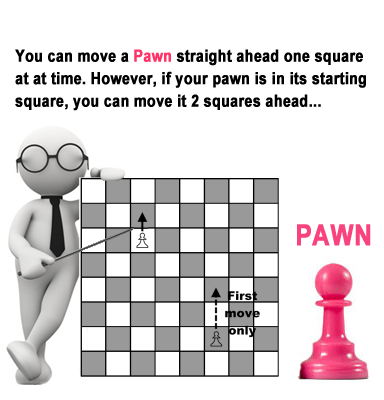✸ Concepts and Examples
Use REIN Flip Book for Concepts and Examples
REIN Flip Book is an organized and interactive way to display information alongside examples or samples.
Six Principles of Effective eLearning
Chess Edition

In this booklet, you will find the elements of effective eLearning matched with a chess analogy.
The principles are described on the left pages with chess examples displayed on the right.
- Click on the book pages to flip through the content -
PRINCIPLE 1: Multimedia
Adding graphics to words can improve learning.
Psychology
Learning occurs by the encoding of new information in permanent memory called long-term memory. According to a theory called Dual Encoding, content communicated with text and graphics sends two codes -- a verbal code and a visual code. Having two opportunities for encoding into long-term memory increases learning.
Application
The example illustration on the right demonstrates how mental imagery (created by the association of text and graphics) aids both verbal and visual processing.
EXAMPLE: Multimedia
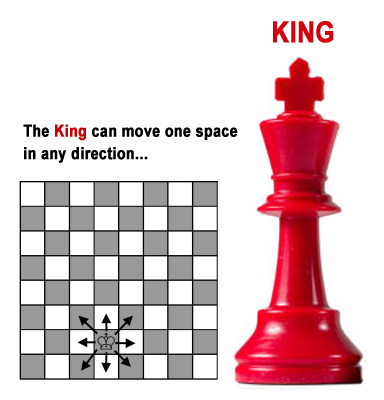
PRINCIPLE 2: Contiguity
Placing text near graphics improves learning.
Psychology
Since working memory capacity is needed for learning to occur, when working memory becomes overloaded, learning is depressed. If words and the visuals they describe are separate from each other, the learner needs to expend extra cognitive resources to integrate them. In contrast, in materials in which the words and graphics are placed contiguously, the integration is done for the learner who is free to spend those scarce cognitive resources on learning.
Application
The example illustration on the right demonstrates how improper separation of graphics and text breaks the instructional message and overloads working memory.
EXAMPLE: Contiguity
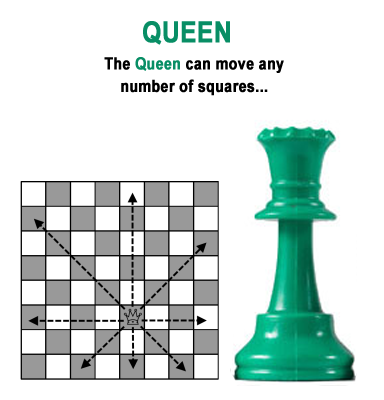
PRINCIPLE 3: Modality
Explaining graphics with audio improves learning.
Psychology
As described under the contiguity principle, working memory is a limited resource that must be preserved for learning. Working memory has two sub-storage areas -- one for visual information and one for phonetic information. One way to stretch the capacity of working memory is to utilize both of these storage areas. Graphics that enter visual memory and audio that enters phonetic memory maximize working memory capacity.
Application
The example illustration on the right represents an ideal learning scenario in which the learner benefits from two high-level modes of instruction: visual and phonetic.
EXAMPLE: Modality
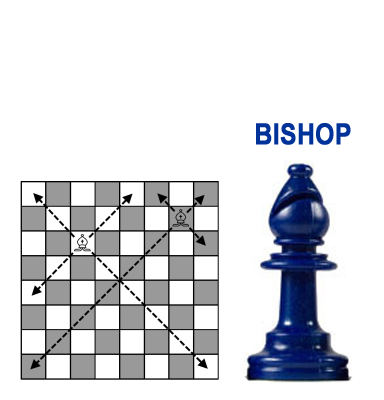
PRINCIPLE 4: Redundancy
Explaining graphics with audio and redundant text can hurt learning.
Psychology
Overload of the visual and auditory components of working memory occurs if an on-screen graphic is explained by both text and narration. It is necessary to avoid narration of text when there is a demanding visual present. In contrast, when there is no graphic present, presenting words in text and auditory format would benefit learning; overload would not result since dual coding exists.
Application
The example illustration on the right demonstrates how a learner is overloaded by redundant instructional messages -- choose either text or audio to communicate your instruction.
EXAMPLE: Redundancy
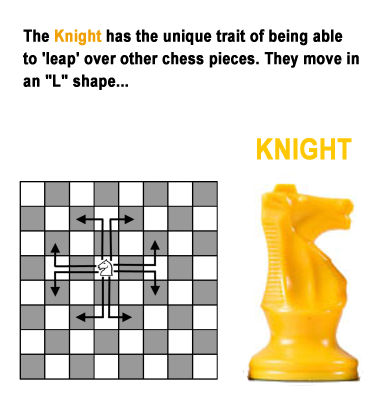
PRINCIPLE 5: Coherence
Using gratuitous visuals, text, and sounds can hurt learning.
Psychology
Gratuitous visuals, text, and sounds activate inappropriate prior knowledge. Since learning takes place by the integration of new information into existing knowledge in long-term memory, stimulating inappropriate prior knowledge would have a damaging effect. "Less is more" when learning is the primary goal. Visuals or text that is not essential to the instructional explanation should be avoided.
Application
The example illustration on the right presents elements that aren't relevant to the core instructional message -- move such elements to an appropriate page (ex: Resources page).
EXAMPLE: Coherence
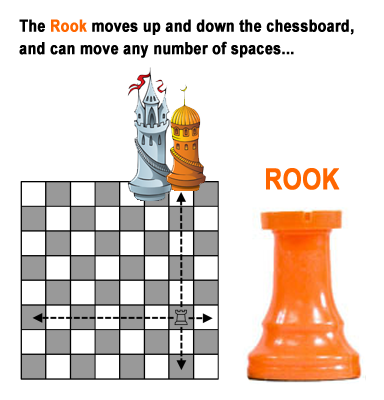
PRINCIPLE 6: Personalization
Using conversational tone and pedagogical agents to increase learning.
Psychology
When you are in a conversation with someone you are expected to listen and respond in a meaningful way. This requires you to invest attention in what the person is saying, to process it and to generate a meaningful response. A similar model seems to apply when learners see the learning as an engagement with a social partner -- even an inanimate one.
Application
The example illustration on the right has been personalized with the use of a pedagogical agent and a conversational tone.
EXAMPLE: Personalization
